tiboy
New Member
Time to change your handle to SisyphusTheBiker.Nut cracker... sweet! Nicely done. It's been so long for me it'll be like starting all over again... again!
Time to change your handle to SisyphusTheBiker.Nut cracker... sweet! Nicely done. It's been so long for me it'll be like starting all over again... again!
Looks tight! Congrats on a great spinner!! Is that top tube tapered thicker at the headstock than it is at the seat tube or is that an illusion?
Fork setup depends on the kind of riding, and how the rider likes it setup.
As a generic setup, aim for 25-40% static sag.
For more technical off-road riding, the classic target is to only bottom it out on very hard hits.
For less technical riding, it's more common to set them firmer, to eek out those last vital watts instead of the fork absorbing them, or more seriously if all you're riding is pretty smooth paths/trails/road, having a wallowy fork just feels a bit weird.
Regardless, the 25-40% target is a reasonable starting point, although I'd probably start around the 25-30% and try it.
There might be an o-ring on a leg of the fork to help with this. You can slide it down to check sag, but it can also be used to see how much travel you're using during a ride.
What other settings does the fork have?
Rebound, I personally like as fast as possible without it being that fast the fork pogo-stick bounces of every hit, however unless you're hitting something with lots of big hits at speed (i.e. high speed big tree roots, or rock gardens), slower is fine. You don't want it that slow that it's noticeable slow returning from being compressed as then it'll pack down too much over successive hits.
Compression, I like as little as possible. Adding compression helps avoid diving, but at the cost of suppleness.
Off course depending on the exact damping cartridge fitted, there may be more than two damping dials.
I understood some of those words.This stuff is like learning a new language. Seriously though, thanks for the tips. I've started doing some more reading to understand it better.
The fork is a Rockshox Judy Silver TK, 100mm travel. From what I understand, the TK is for turn key, so it's either on or off, which means no compression adjustment? Fine with me. Simple is probably better for this n00b.
So for a 100mm fork, 25% sag would mean the upper tubes sink 25mm in to the lower tubes just by you and your gear being on the bike? I think mine is set way too stiff for me. It barely moves.
Looking forward to experimenting with it. Rockshox has their online setup guide, so I'll give that a shot and tweak the air pressure and rebound from there.
I do sometimes take things for granted, as I've dealt with these things for far too many years.
Rebound damping - Controls how quickly the fork (or shock) 'rebounds' aka returns/extends from being compressed.
Compression damping - Controls how quickly the fork can be 'compressed'
I've just had a quick look for some info on that fork, but everything is very vague on what external controls it actually has.
Going by the photos on the SRAM site, it does at least have rebound adjustment, which is on the bottom of the right leg. Rebound is pretty much the most essential setting on any suspension, so you'll find it on pretty much all forks/shocks, but compression isn't as essential so on cheaper forks/shocks is often a fixed internal adjustment.
I'm not sure about your fork having compression damping, but that is essentially what the Turn Key dial uses to lock-out the fork. There might be a smaller adjustment within the dial to adjust compression damping when the TK is off/open.
You're correct about sag. With 100mm travel, the percentage calcs are easy
You ideally want to measure it with you on the bike in a 'neutral'/attack position, aka feet on the pedals with your weight off the saddle, and hands on the bars, but with your weight still mostly on the pedals. If you're unsure about the position, think about how you'd unweight of the saddle if you were going to drop off a kerb, or bounce over a big tree root.
It's a measurement where you might need some assistance to help balance the bike/measure the sag.
It does sound like the fork is currently set up too hard. If you stand over the bike, and push/bounce down on the bars with all your weight, I'd expect them to sag at least 40-50%. If it's hardly moving, then it's definitely too soft.
Frickin' Hades...Time to change your handle to SisyphusTheBiker.
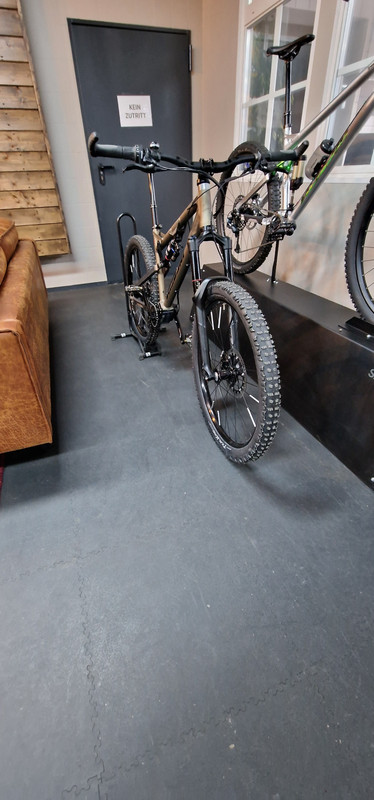

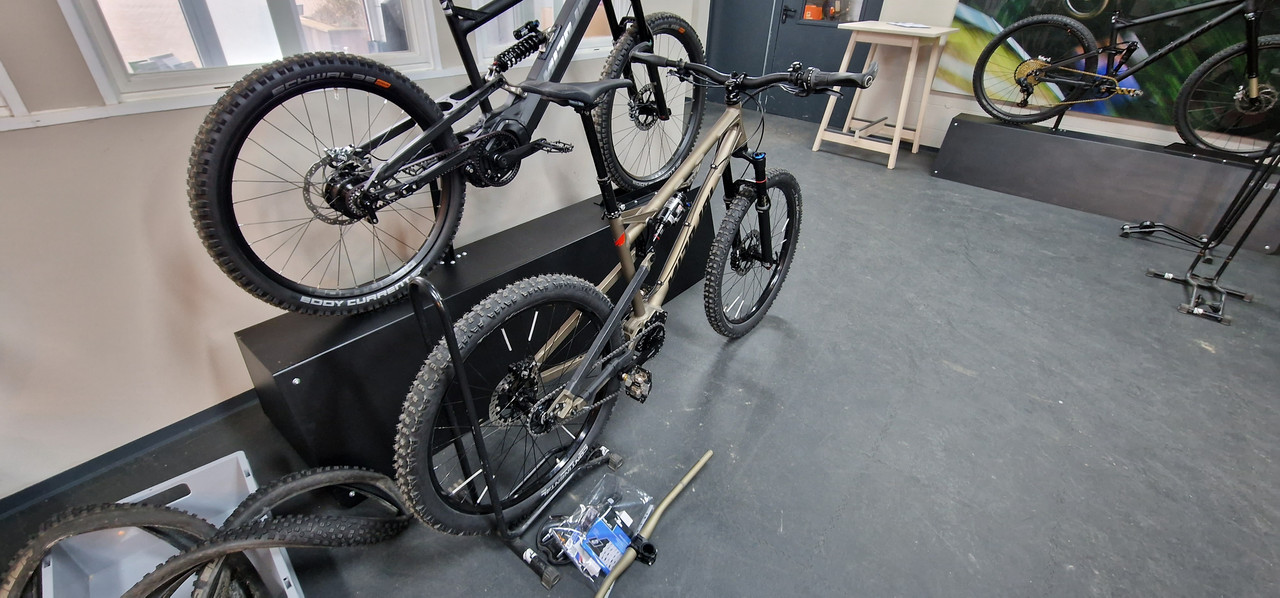
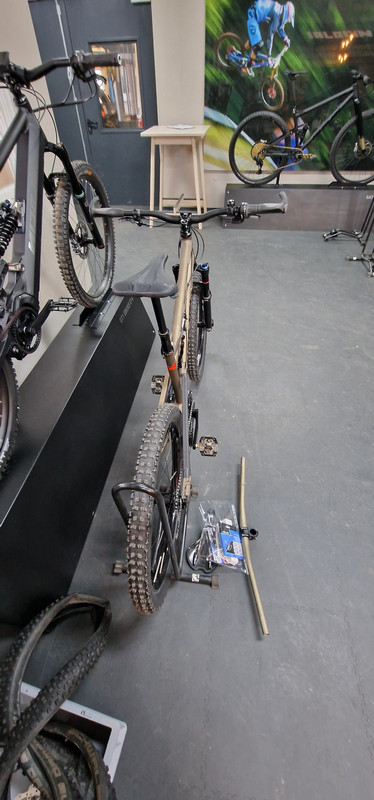
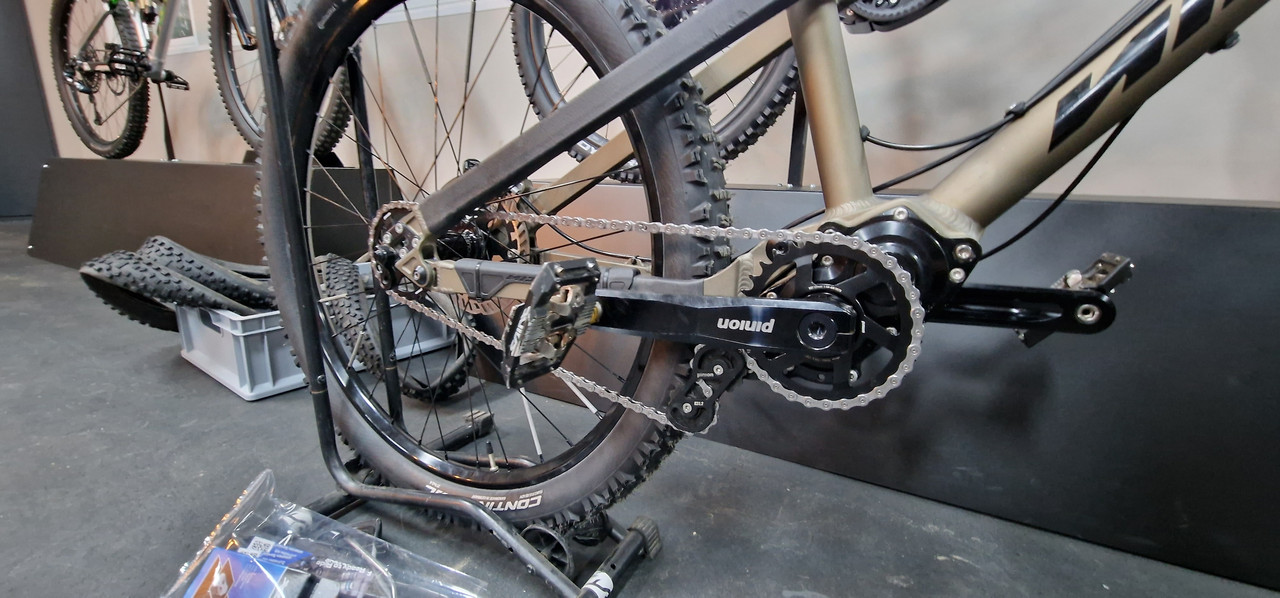


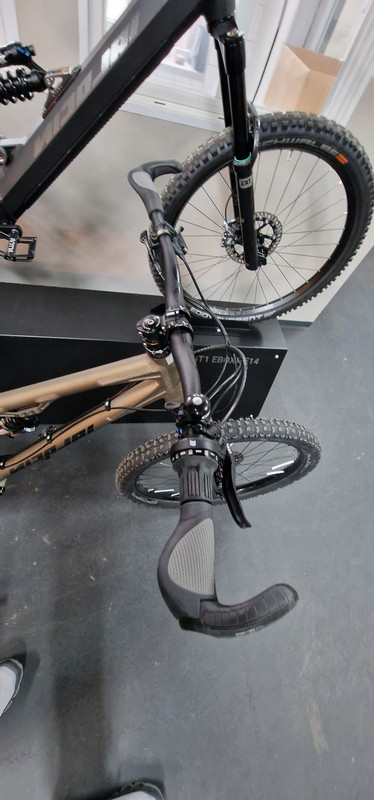

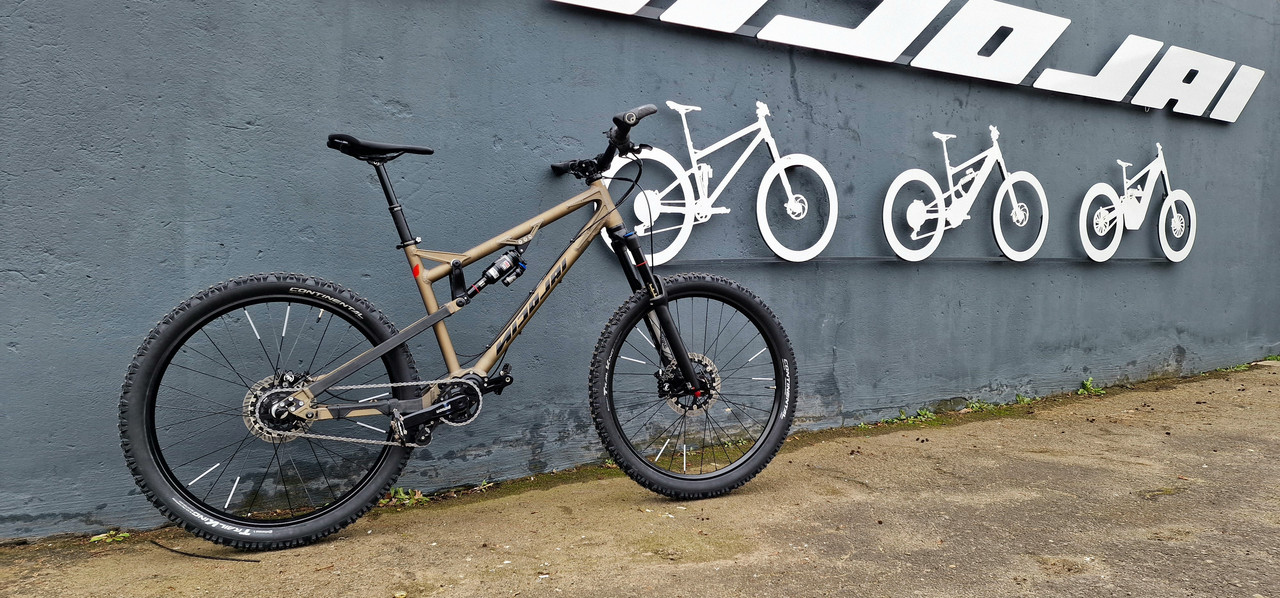
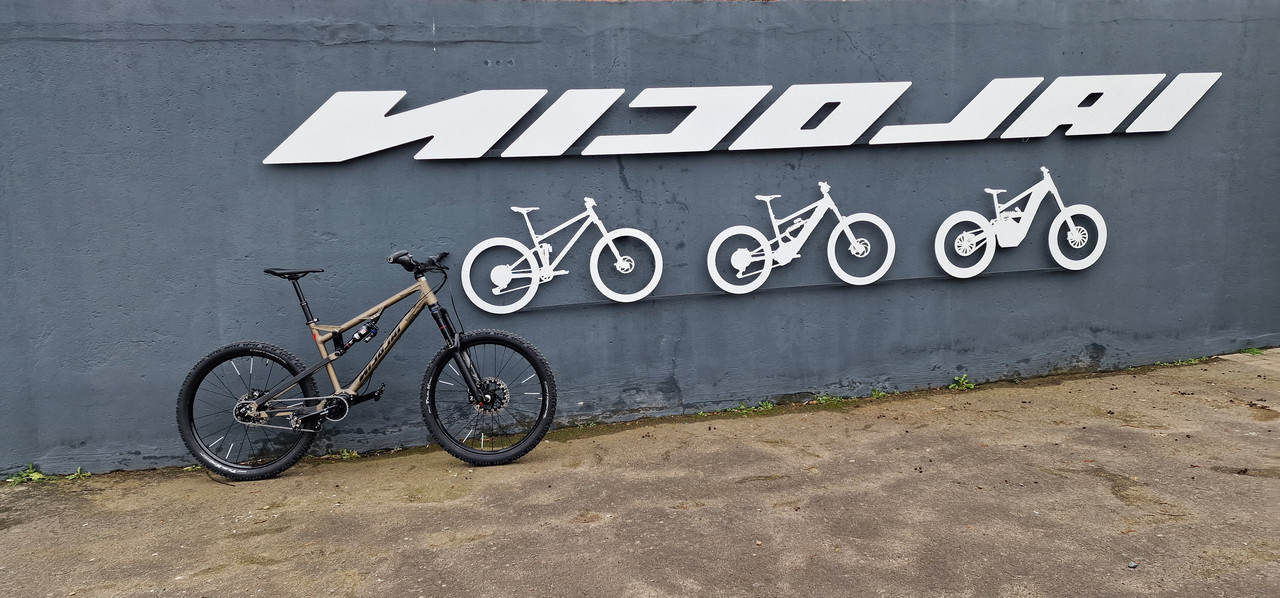
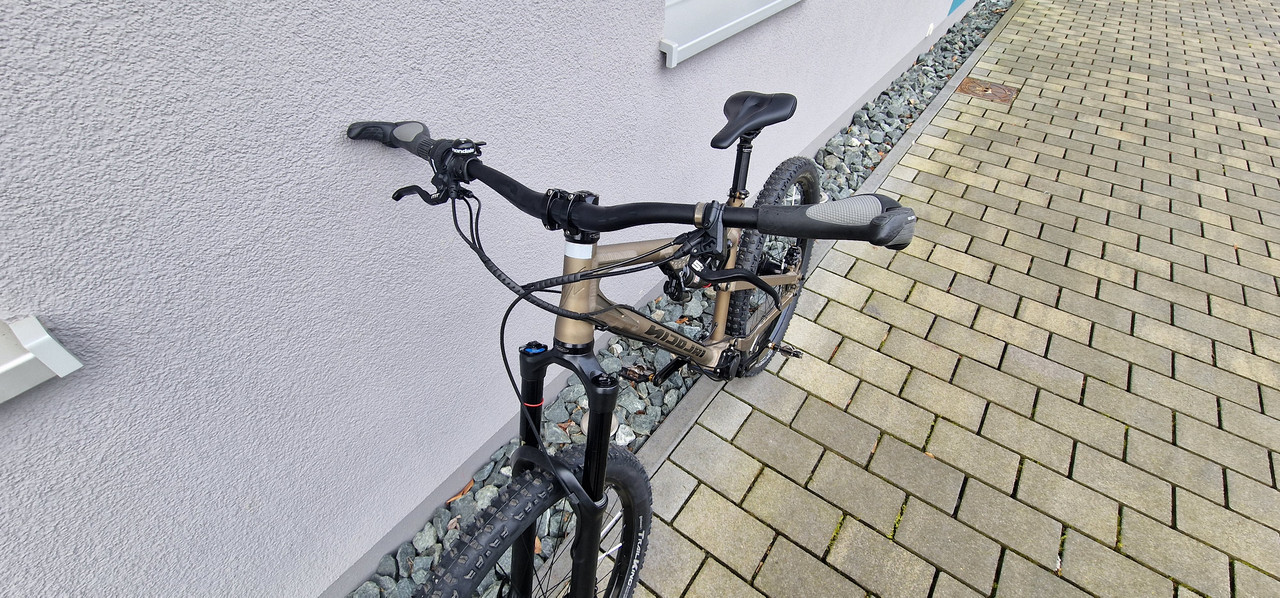
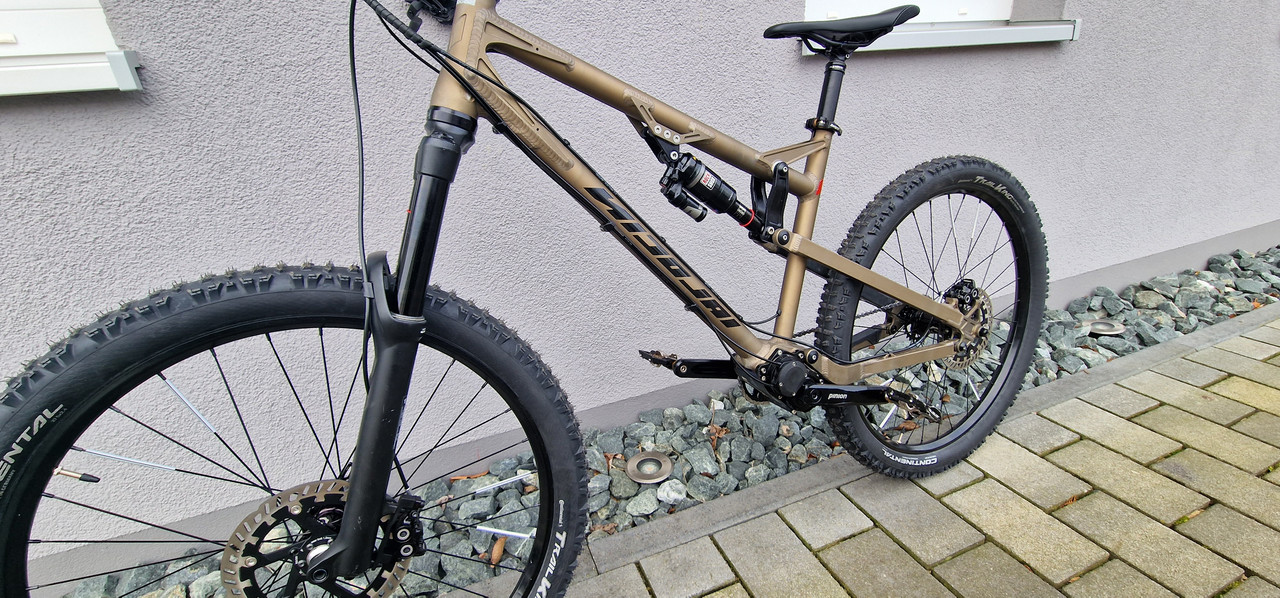

Cool drive system!





Oh, my gosh. Last year in November I discussed with Nicolai the swapping of fork and damper to an European producer (Intend). Due to tough christmas-business the follow-on exchange was unreplied until christmas by the sales manager. The head of technics answered, recommended a second meeting.
In the end he convinced me to order a full service, everything would be dismembered, checked, new bearings.
After four weeks I picked up the bike. First guess when entering the showroom and noticing the bike: Wow, a new machine is going to be taken home.
New steering bar and stem, new saddle, new tires, new disc brakes, new brake pads, all cables have been renewed, new bearings, the rock shox parts have been checked, new chain, new chainrings. And so on. Even the decal is new.
The refurbish costs me nearly the like a PRS S2 594 McCarty, on the other hand side: It is a cool youngtimer, with contemporary techniques. The swap from aluminum axles with ordinary bearings to stainless steel axles with needle bearings improved the responsiveness very much. Therefore: I'm absolutely fine with the result.
In the low twenties and snowing here.In the 50’s today, but windy. I’d rather deal with cold than wind!
Thanks.I apologize the transcontinental time delay for my reply,@veinbuster.
Fact is: A Pinion transmission is no aftermarket replacement part likewise swapping between ordinary derailleur products of Shimano, SRAM, Campagnolo, and Suntour. Prerequisite is a specially built frame.
On the other hand side a Pinion transmission offers a more centralized system center of gravity. Nearly two decades ago the Rohloff hub gear was something, the one or the other gear nerd installed on their MTB. But disadvantage was its tail heavyness, enhanced due to the gyroscopic force.
In the same time SRAM's Hammerschmidt bottom braket transmission centralized the center of gravity. But it was way too heavy and not very smooth.
An ordinary derailleur transmission is light. But there are gears, according to the chain line, which enhance the wear of chain and chainrings. Or, if one chain ring is used at the bottom bracket and a 12 pinion set is used at the rear tire, you don't have as much gear tuning opportunities for uphill or downhill.
I like the Pinion transmission, because you can use the full range of gears - in my case all 18 gears. A 27 gear derailleur offeres actually due to the chain line maybe 19 gears, and sometimes with identical ratios (as an additional critic, that those are not really different gears).
The shifting of a Pinion is likewise using a hub gear, you need to stop pedaling, shift to the designated gear, and go on pedaling. But the stop requires a blink of an eye only. Gear shifting - and that differs it from derailleurs - is not under load.
And you don't need to shift subsequently through the gears, you could jump from 1 to 18 (if your wrist is capable). An you need to like Grip Shift shifters, indeed. You really get comfy quick to all those specialities.

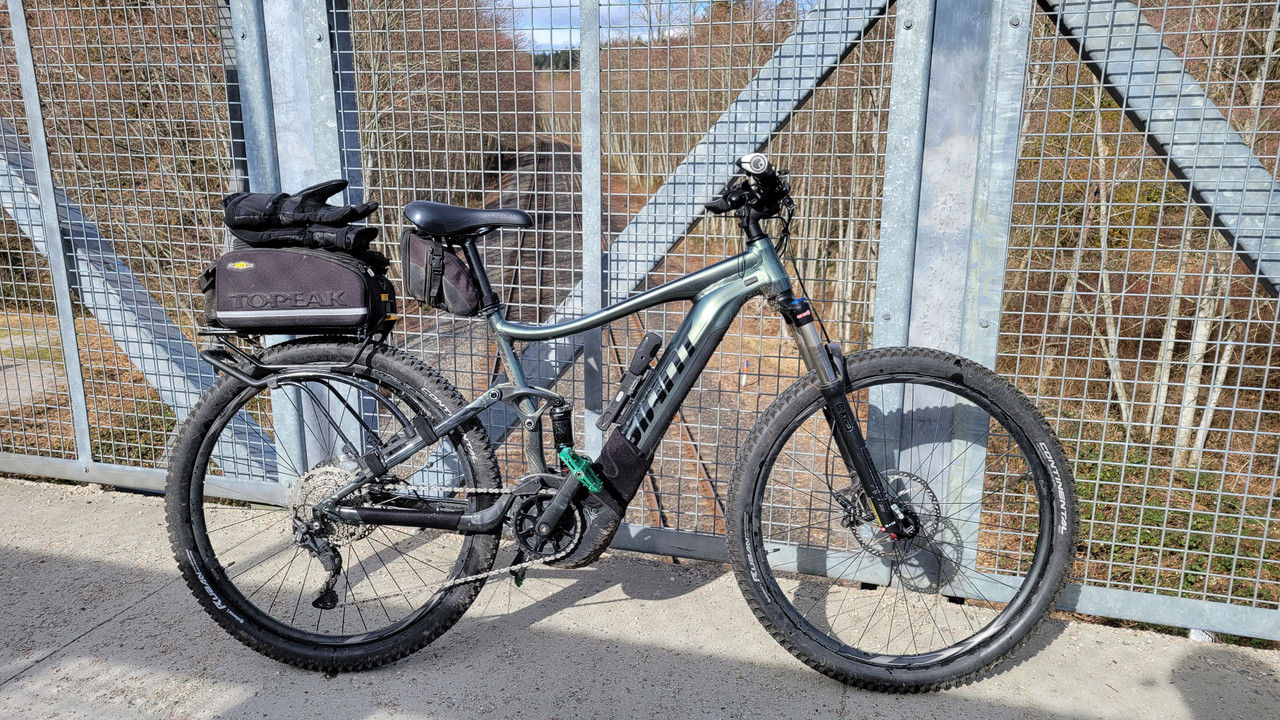
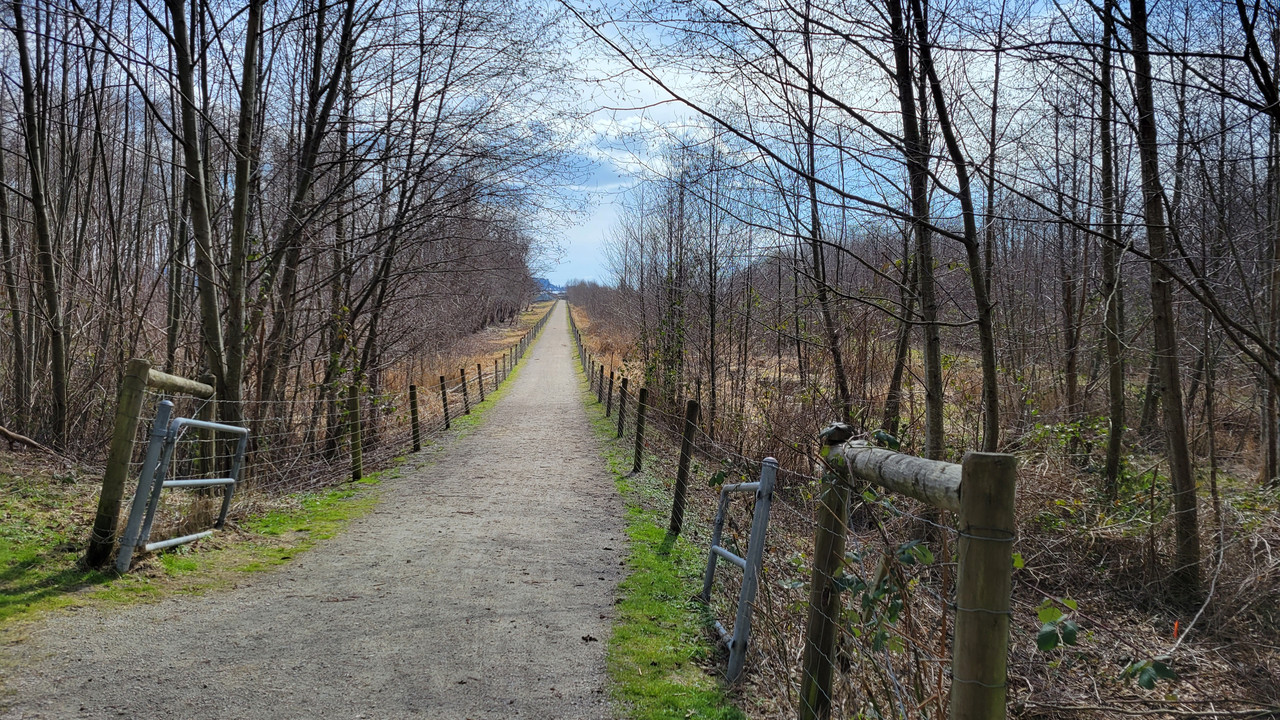
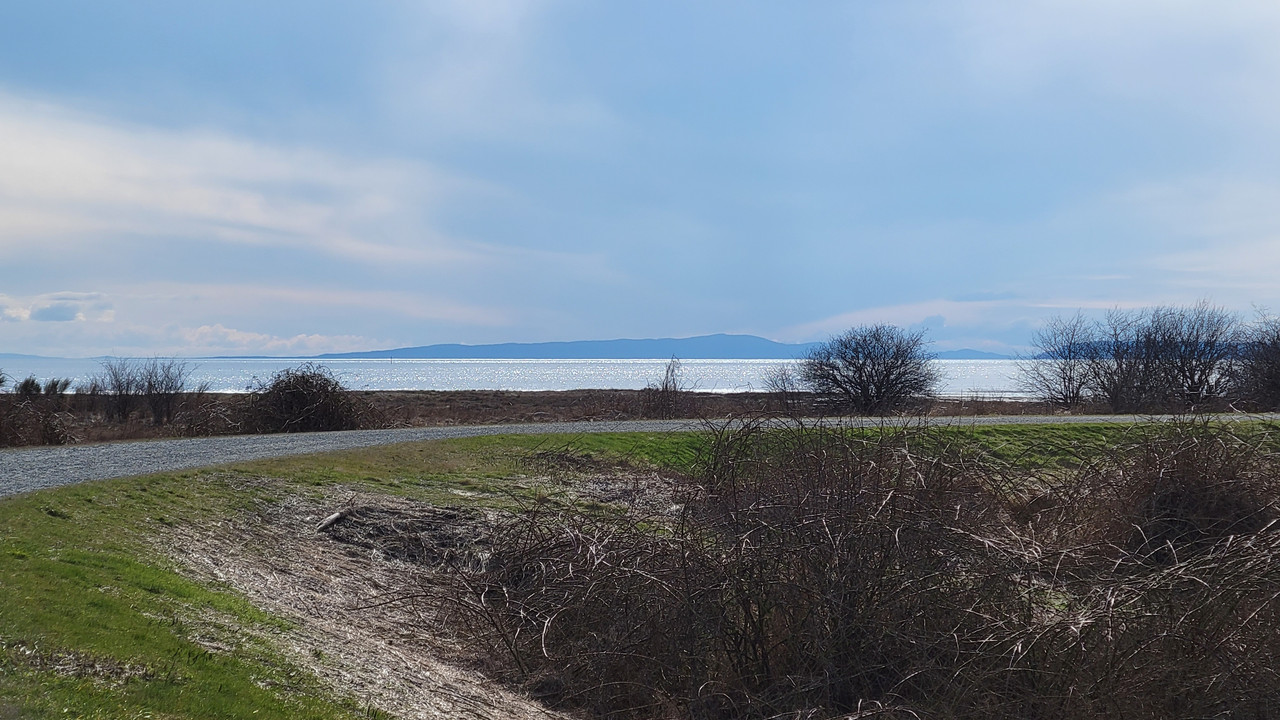


Same here, especially cross winds on a descent. Two of us did get out today for a relatively flat 40 miles into the wind.In the 50’s today, but windy. I’d rather deal with cold than wind!
